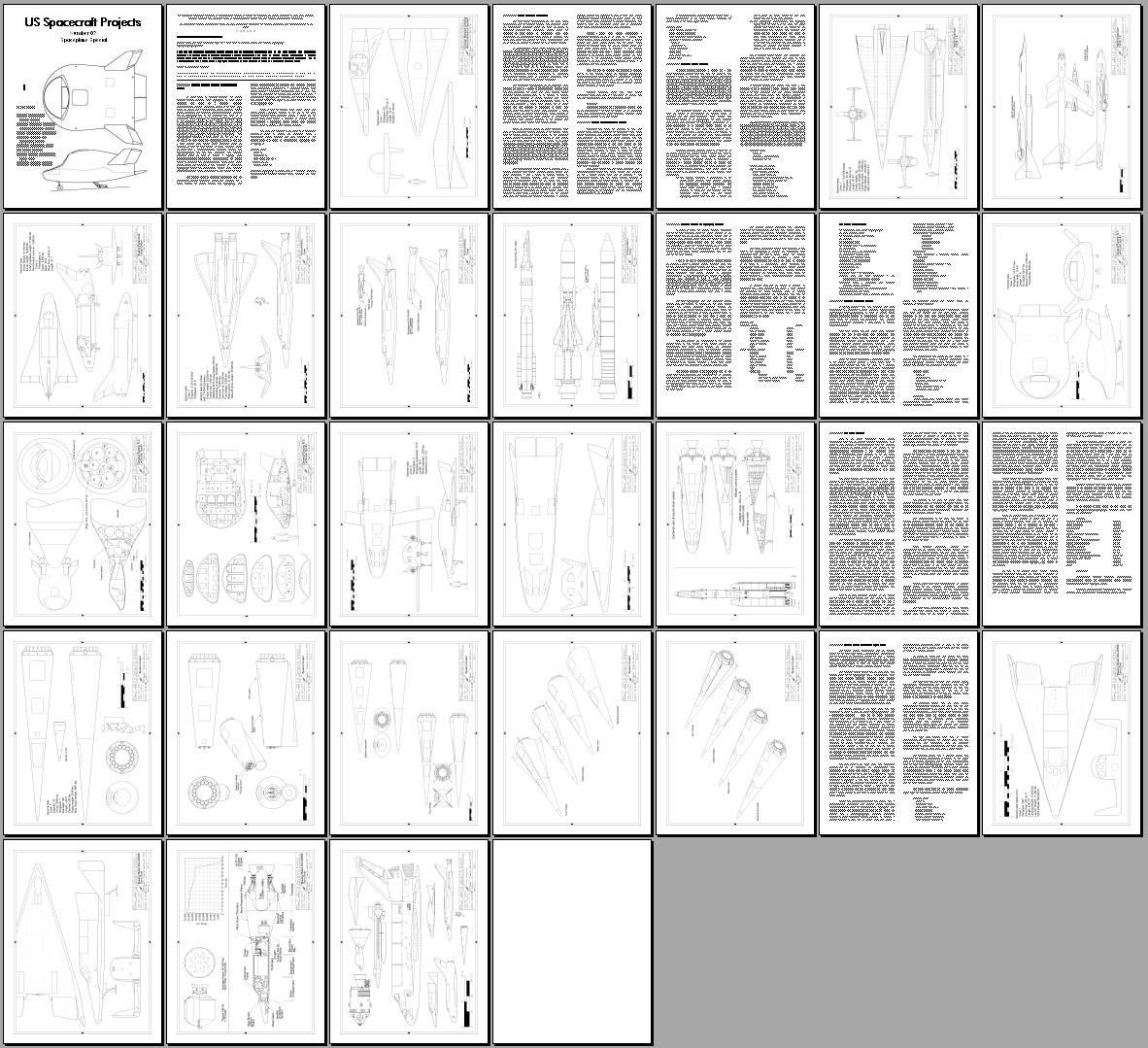I’ve been tinkering with Pax Orionis since the release of US Spacecraft Projects #2. I’m still roughing out the historical outline from Then to Now; I have 16,000+ words, or roughly 50+ paperback pages. While I know the general thrust of the overall story, I’m still kinda torn on *how* to approach parts of it. Parts of it I want to do like a dry government history report, or perhaps something like a PhD dissertation. Other parts like a technical manual. Other parts like standard third person narrative. Any of these would be fine on their own, but it seems like it might be odd to do all three. But would it? Would a book that alternates – a history chapter, a fiction chapter, a tech chapter, rinse and repeat – be a sensible way to go, or would it just annoy the hell out of people? I’ve seen a number of books (Lord of the Rings springs to mind) that have a long unified fictional yarn that ends with a dry factual Appendix, so I know that at least that approach makes some sort of sense.
One of the closest analogies to what I’m hoping to accomplish is World War Z (book, not movie), where tales are told covering many years and many people across the planet. Most of the characters would come in, play their role, then fade away rather than run through the whole narrative. Look at the last 50 years of *actual* history… any novel-length history of that period would either have to be an actual biography, or very few historical figures would carry all the way through from beginning to end.
The purpose of the historical dissertation would be for the fictional author to try to understand the world of alternate 2010 (plus or minus a few years). Because that world is not only *massively* different from ours, it’s also *massively* trashed. Very, very bad things have happened and a whole lot has been lost, including historical records. Just *how* did the world come to this?
Any suggestions or critiques of the idea welcomed.






